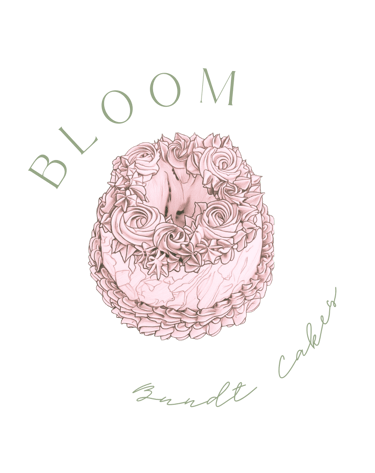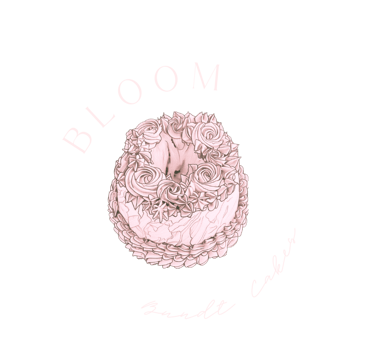Which food dyes should you avoid?
At Bloom, we steer clear of artificial flavors and colors. But, we live in a country that has them in abundance. Let's talk about the ones you should work to avoid, and why.
7/15/20252 min read


You hear about them all the time, but why do they matter? Artificial food dyes have been a hot topic lately, so let's talk about the key players.
In the United States, many of our most beloved foods contain artificial flavors and colors. Three in particular make up 90% of the colors used: Red No. 40, Yellow No. 5, and Yellow No. 6. While Americans see these additives as normal, the European Union (EU) sees them as potentially harmful to children. So much so that, in all the countries in the EU, a warning label is required for all foods that contain these three dyes. The label states that the dyes "may have an adverse effect on activity and attention in children.”
Not only is the EU concerned about these dyes, many in the United States have come to the realization that artificial colors in our foods can cause negative adverse effects. According to this article by EWG, there are actually 7 dyes to avoid, and they outline the studies to correlate their findings.
Their full list includes:
Red No. 3
Red No. 40
Yellow No. 5
Yellow No. 6
Green No. 3
Blue No. 1
Blue No. 2
For all 7 of these food dyes, studies have linked the colors to increased risk of tumors and cancer, as well as damage to the nervous system and behavioral issues. The artificial dyes can be found in several products, ranging from baked goods, candy, beverages, and processed foods to beauty products, cosmetics, and even medications.
So now you may be thinking to yourself, "How can I avoid all of these?" Though it may seem like a daunting task, thanks to many who have seen the need for natural alternatives, there are many options available.
One way is by shopping organic. Organic foods go through a vetting process to ensure they meet a certain standard of quality. One of the stipulations for foods to be certified organic is that they are free of artificial flavors and colors. And, as you know from our previous post, organic foods come along with several other benefits. So, it's a win-win!
Another crucial thing is to check the ingredients labels on anything you buy that isn't a whole food. Even so-called "health foods" can contain synthetic ingredients (including these dyes), so it's best to do your due diligence and read everything over. You'd be amazed at some of the things you find!
Sadly, many bakers still use artificial dyes via gel food coloring to make their baked goods. Though the treats are absolutely beautiful, many carry the negative side effects of artificial dyes and flavors. That's why we're dedicated to producing baked goods that only use natural flavors and colors, because we care about what happens after you eat the cake too. Our mission is to provide baked goods that are clean and nourishing, so you and your loved ones can rest easy and enjoy.


